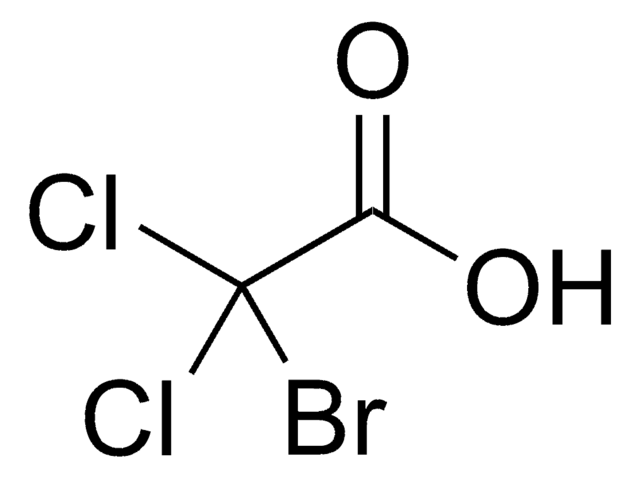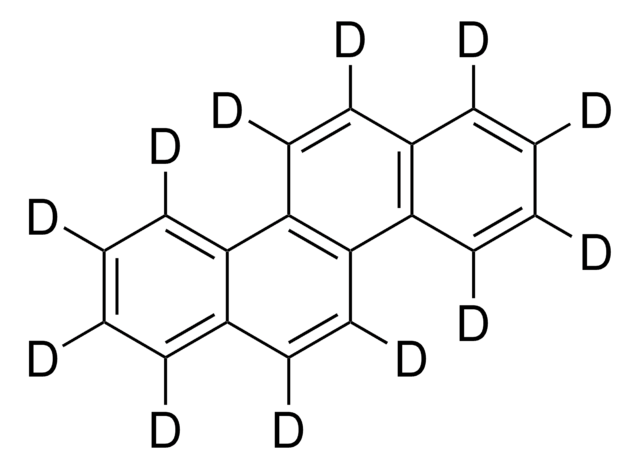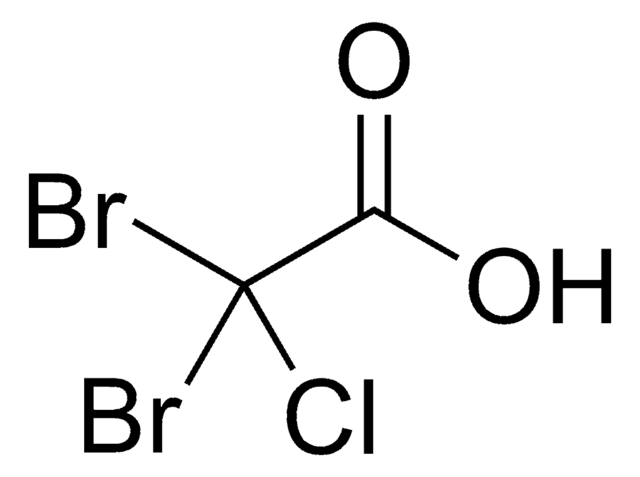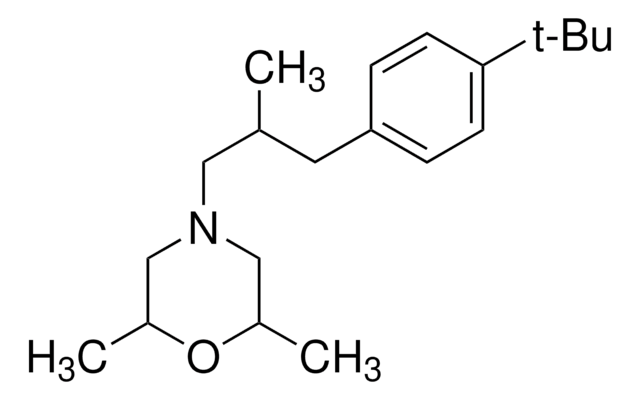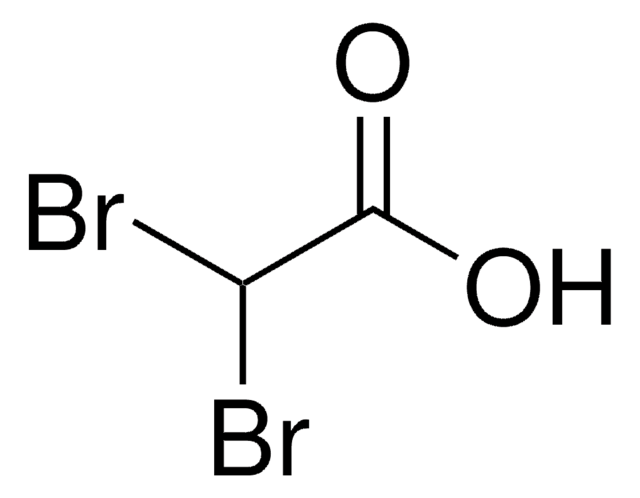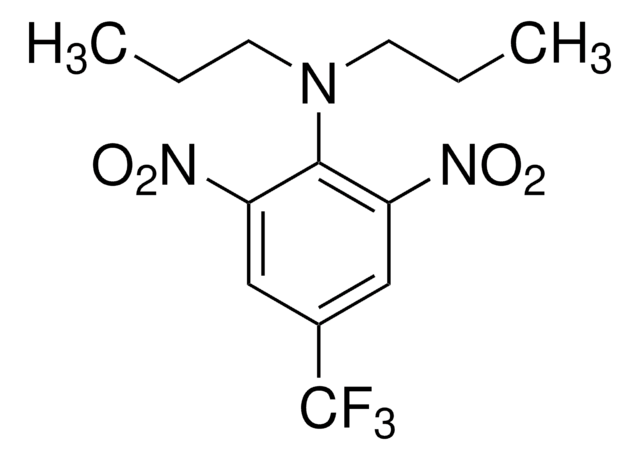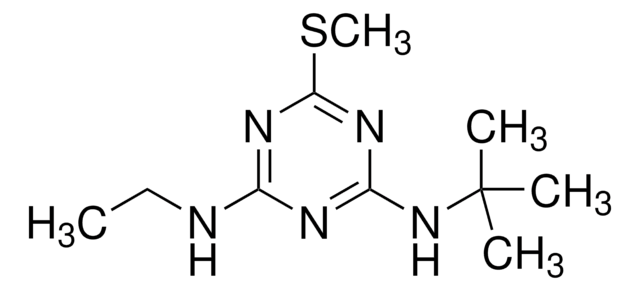Wichtige Dokumente
47278
Bromdichloressigsäure -Lösung
certified reference material, 1000 μg/mL in methyl tert-butyl ether
About This Item
Empfohlene Produkte
Qualität
certified reference material
TraceCERT®
Agentur
EPA 552.2
Produktlinie
TraceCERT®
Analysenzertifikat (CofA)
current certificate can be downloaded
Leistungsmerkmale
standard type calibration
Verpackung
ampule of 1 mL
Konzentration
1000 μg/mL in methyl tert-butyl ether
Methode(n)
HPLC: suitable
gas chromatography (GC): suitable
Anwendung(en)
environmental
Format
single component solution
Lagertemp.
2-8°C
InChI
1S/C2HBrCl2O2/c3-2(4,5)1(6)7/h(H,6,7)
InChIKey
XSWVFEQKZFUULO-UHFFFAOYSA-N
Anwendung
Sonstige Hinweise
Rechtliche Hinweise
Signalwort
Danger
H-Sätze
Gefahreneinstufungen
Flam. Liq. 2 - Skin Irrit. 2
Lagerklassenschlüssel
3 - Flammable liquids
WGK
WGK 1
Flammpunkt (°F)
-18.4 °F - closed cup
Flammpunkt (°C)
-28 °C - closed cup
Analysenzertifikate (COA)
Suchen Sie nach Analysenzertifikate (COA), indem Sie die Lot-/Chargennummer des Produkts eingeben. Lot- und Chargennummern sind auf dem Produktetikett hinter den Wörtern ‘Lot’ oder ‘Batch’ (Lot oder Charge) zu finden.
Besitzen Sie dieses Produkt bereits?
In der Dokumentenbibliothek finden Sie die Dokumentation zu den Produkten, die Sie kürzlich erworben haben.
Unser Team von Wissenschaftlern verfügt über Erfahrung in allen Forschungsbereichen einschließlich Life Science, Materialwissenschaften, chemischer Synthese, Chromatographie, Analytik und vielen mehr..
Setzen Sie sich mit dem technischen Dienst in Verbindung.